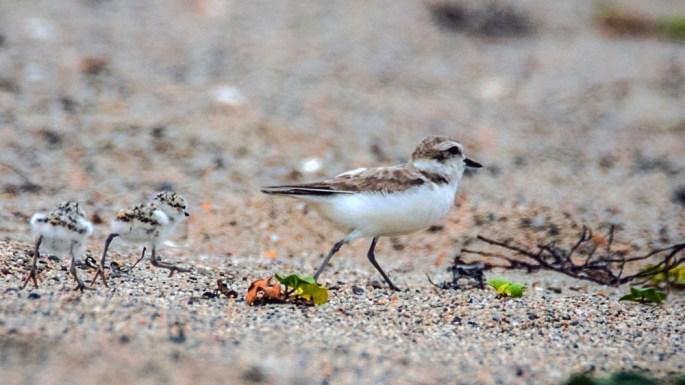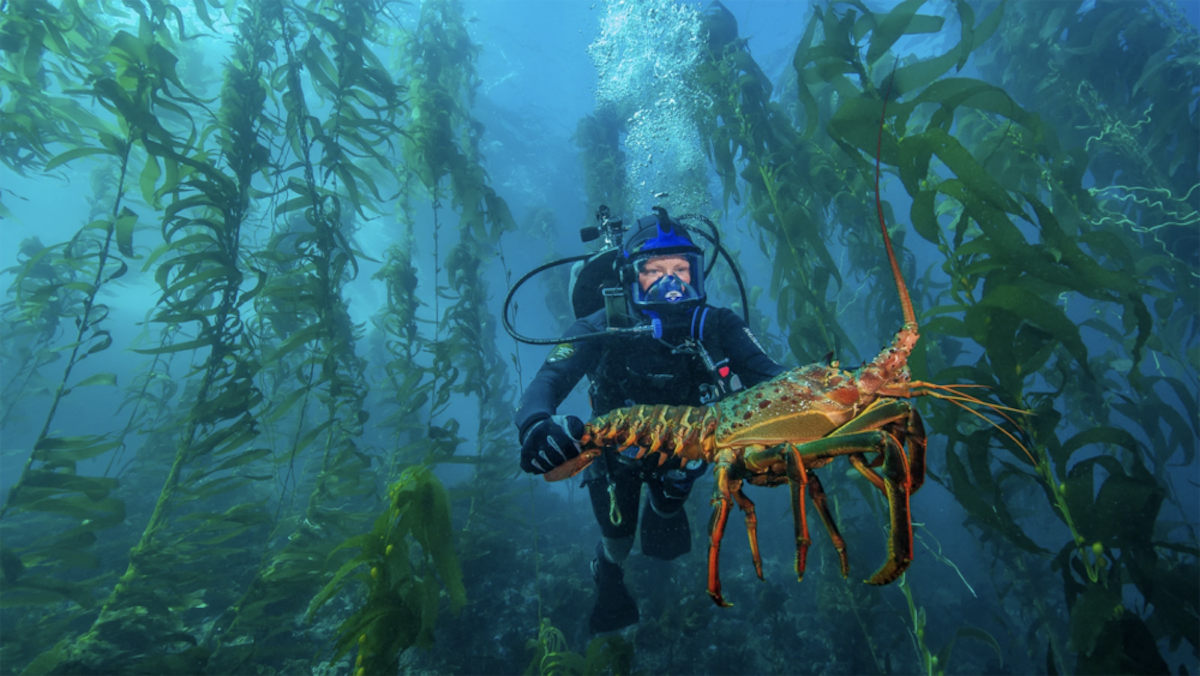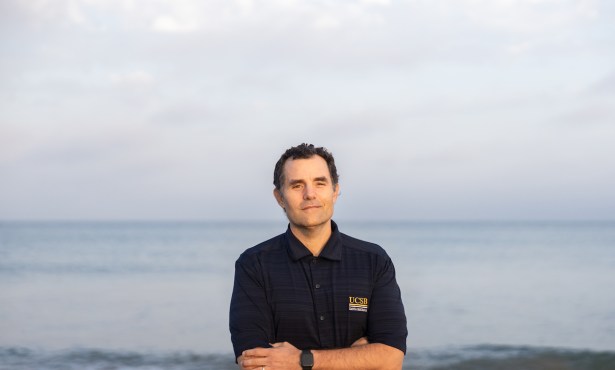Two marine protected areas off Santa Barbara — Campus Point and the Channel Islands — were among the five noted to be standouts in a new review by Environment California and Azul, research and policy groups for the marine environment.
At Campus Point, a piece of the UC Santa Barbara campus as the name implies, 10 square miles offshore were helping the survival rate of the threatened snowy plovers that nest onshore, according to the report. The tiny, speed-walking birds gained protections there when a nesting pair was spotted in 2001. UCSB researchers and the Audubon Society worked to guard the nests and chicks over time, and the establishment of a marine protected area in 2012 served to maintain the plovers’ food sources. A study 10 years in found that protected areas had 30 percent more birds than unprotected areas, Environment California stated. The Campus Point conservation area, which includes Coal Oil Point where the plovers nest, was a “no take” zone, resulting in a thriving kelp forest, a reduction in red sea urchin eating the kelp, and more kelp washing ashore for the birds’ food source — flies and crustaceans.

The report looked at the oil spill at Huntington Beach in 2021 and its detrimental effects on the plovers, recently spotted there in 2017, but it failed to note the Refugio Oil Spill’s effect on Coal Oil Point. Ben Grundy with Environment California stated that a year after the 2015 Refugio spill, infertility rates increased among the snowy plovers there. Judging by information on successful hatchlings from 2000 to 2017, the group estimated direct oil exposure, declines in food sources, and oil cleanup operations may have impacted the small birds.
The Channel Islands marine reserves and conservation areas cover 1,470 square miles around Anacapa, Santa Cruz, Santa Rosa, San Miguel, and Santa Barbara islands. Conserved since 2003 with no fishing allowed in the reserves and only limited lobster and fish takes in the conservation areas, the first decadal study found fish species had increased by 50 percent. The study makes interesting conclusions about quicker predator recoveries — lobster and sheepshead — keeping urchins in check, and thereby increasing the kelp forest the urchins graze on. In the diversity column, the report notes that the number of animals in the colder waters, off San Miguel for instance, was responding less rapidly to the protections in the zone than creatures in the warmer waters around Anacapa Island.
The three other notable areas were Matlahuayl State Marine Reserve off La Jolla, Point Lobos State Marine Reserve off Carmel, and Abalone Cove and Point Vicente off Rancho Palos Verdes. The two marine groups released their report in advance of a study by California agencies on the outcome of protected areas in the Pacific Ocean.
Support the Santa Barbara Independent through a long-term or a single contribution.

 on Google
on Google 



You must be logged in to post a comment.